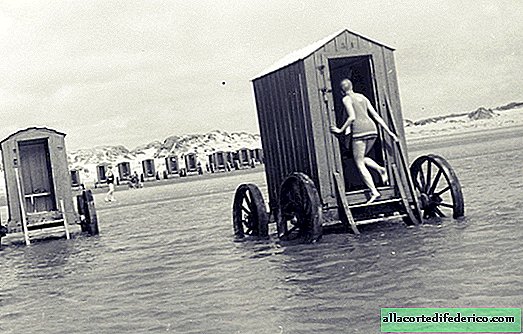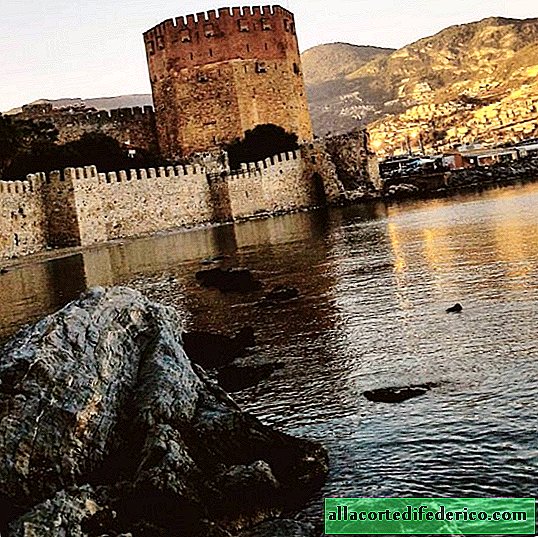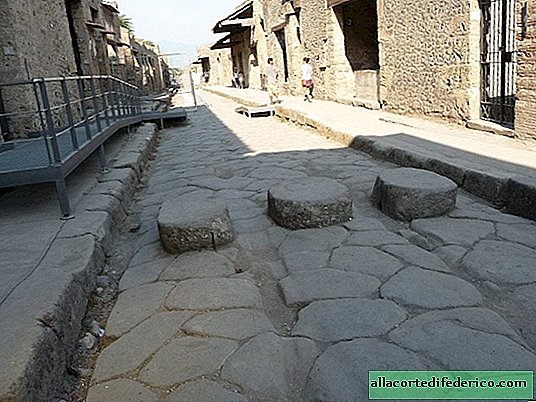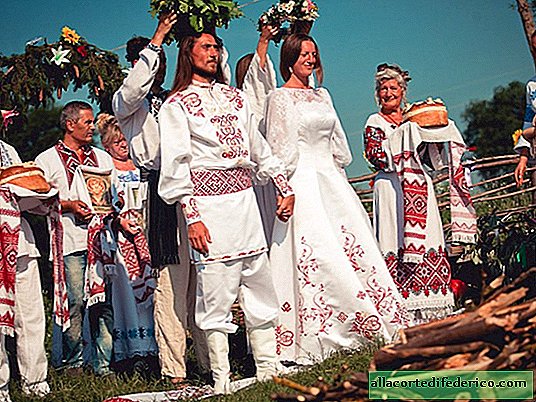Where did the Huns who had finished with Rome and from whom the Chinese built a wall disappeared?
They terrified the Chinese emperor and his large army, forced many nomadic tribes who owned the steppes of Eurasia to migrate, and led to the collapse of the great Roman Empire. But after a short time, the Huns, which provoked the Great Migration of Peoples and caused great changes in the vastness of Europe, suddenly disappeared. There are still a lot of mysteries in the history of this people. It is not completely clear who these people were, where they came from and, most importantly, where they disappeared after they drastically changed the course of the history of Eurasia?

The Huns were nomadic tribes, originally living in the territory of modern Mongolia and northern China. After they suffered a series of defeats from the Chinese, their army weakened, and the tribes themselves were divided into several independent ones. Some of them, the so-called Northern Huns, moved west, settling in the steppes of the Southern Urals and the Volga region, where they most likely lived in alliance with the local Finno-Ugric tribes. Clashes with the Alans, who were the first to attack the Huns, but, having lost a long war, were conquered by the tribes of warlike nomads, as the beginning of their advance west.

In Rome, the Huns were first heard in the IV century, when disturbing news began to come from the eastern borders of the then vast empire. Moving from east to west along the territory of the Eurasian steppes, the Huns first defeated the Alans, then invaded the territory of the Ostrogoths and Visigoths - Germanic tribes who were forced to migrate and ask for protection from Rome. Despite the fact that the Roman Empire was in constant hostility with these tribes, in conditions of chaos and a huge number of migrants advancing to its borders, Rome accepted the Ostrogoths and Visigoths into their possessions. Germanic tribes promised to help the Romans defend themselves from terrible barbarians who terrified all of Europe. But even this did not save the Roman Empire from conquest.
The Huns were perfectly armed, had fast cavalry, and, moving west, involved in their army an increasing number of warriors from among the peoples conquered by them. Those tribes and peoples that were conquered by them on their way to the west were liable to tribute, which was quite enough to provide a huge army with provisions. The Romans and other inhabitants of Europe called them barbarians, considered them incredibly cruel. The image of the Huns is surrounded by numerous legends. In fact, their methods of waging war and seizing the territory were not much different from the behavior of the troops of the Roman Empire or the strategies of Alexander the Great when conquering new provinces.

The Huns confidently advanced towards the center of Europe, capturing the eastern and northern provinces of the Roman Empire. Most of the Balkan Peninsula was conquered by the tribes of these barbarians, and the rulers of the conquered lands paid tributes to the nomads. Moving west, the Huns were able to capture a number of cities in northern Italy, including Milan. The resulting chaos and the seizure of most of the provinces led at the end of the 5th century to the actual destruction of the Roman Empire. By that time, although it had already been divided into Western and Eastern, it still retained the signs of a strong independent state.
But, as is often the case in history, a huge power disintegrated after the death of the ruler, on which everything rested. In the case of the Huns, this was Atilla, after the death of which in the middle of the 5th century the empire began to weaken and break up into separate entities that did not already have the former military and political force. Former associates and heirs of Atilla stormed the empire, which weakened control and led to chaos. The key moment was the defeat of the troops from the combined forces of the Germanic tribes, after which the fate of the Huns was decided. The remnants of the once powerful army fled to the east, in the steppes of the Black Sea and Volga regions, where they disappeared among the nomadic peoples.


















